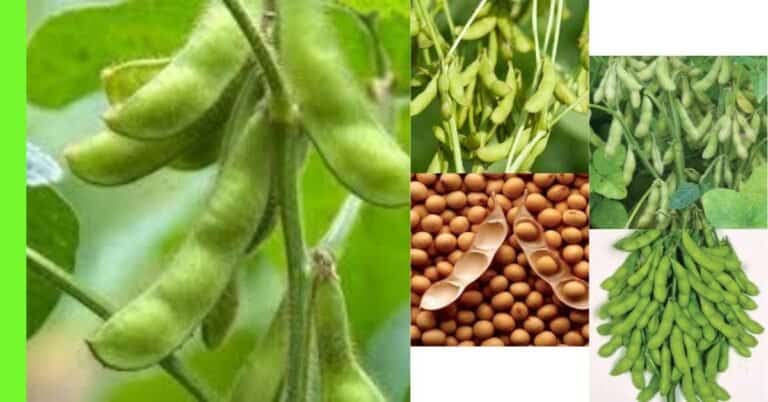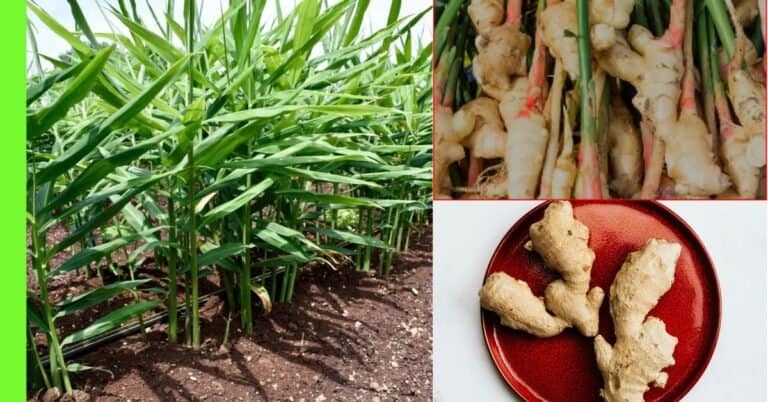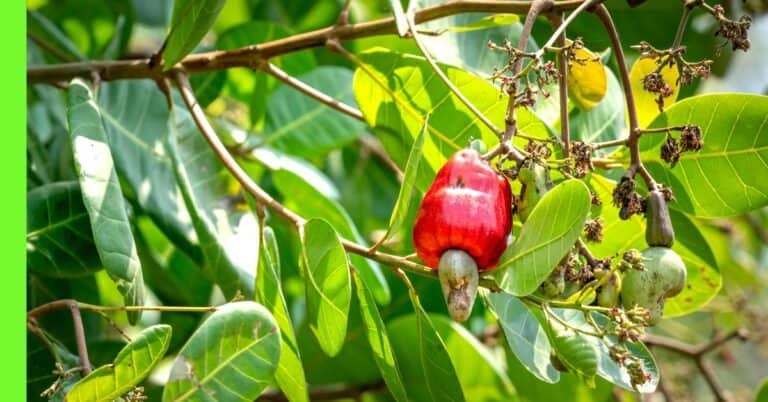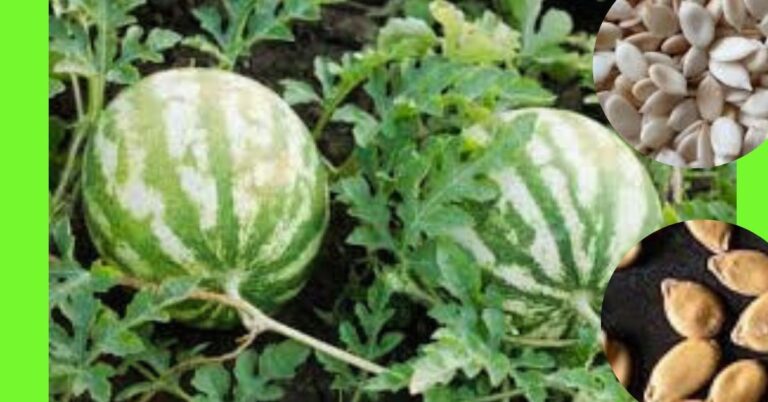Planting Shoko (Lagos Spinach): See How Plant Shoko
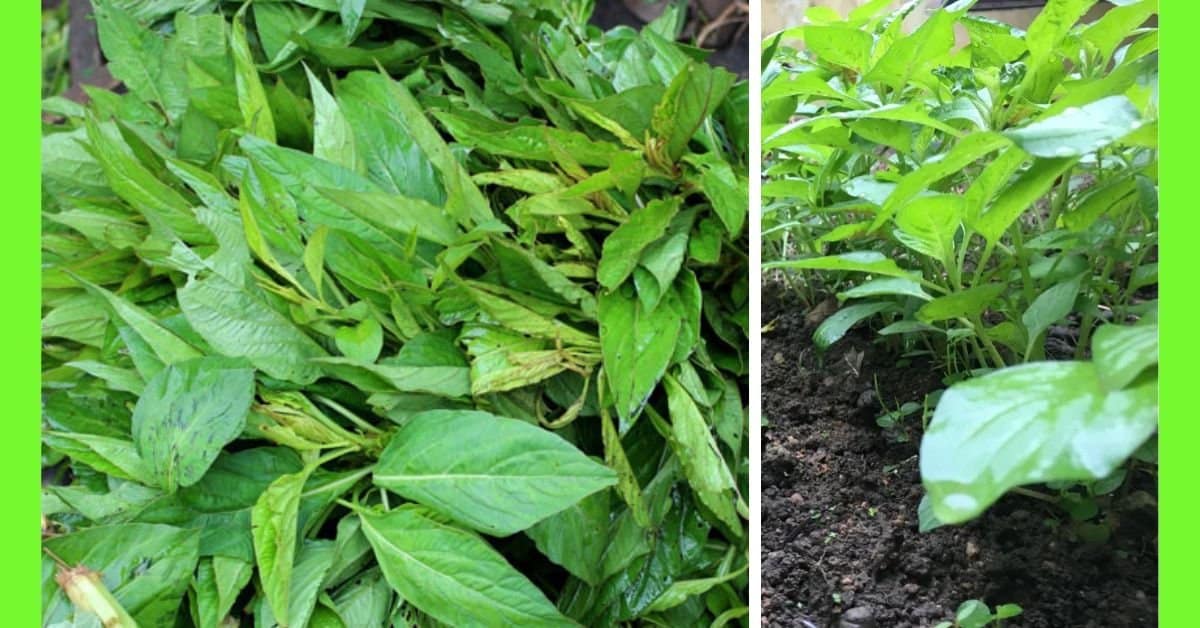
Shoko, or Lagos spinach, is a leafy green vegetable commonly consumed in Southwestern Nigeria by Yoruba’s.
It is nutrient-rich, easy to grow, and adaptable to various climates, making it favourable for commercial farmers and home gardeners.
If you’re looking to cultivate Shoko, this guide will walk you through every step of the process, from choosing the right location to harvesting your crops.
Description of a Shoko Plant
Shoko (Celosia argentea var. argentea) is a leafy green vegetable that belongs to the Amaranth family.
It is known for its vibrant green leaves and slightly bitter taste.
It is often used to make soups, stews, and sauces.
The plant typically grows upright, with smooth, tender leaves that can be harvested multiple times throughout its growing season.
Shoko is a fast-growing plant, maturing in as little as 6 to 8 weeks, depending on the growing conditions.
Planting Season for Shoko in Nigeria
Shoko thrives in warm climates and can be grown year-round, although it performs best during the rainy season.
The ideal time to plant Shoko is between April and October when there is adequate rainfall.
However, in areas with access to irrigation, Shoko can be planted outside of the rainy season as long as proper water management is in place.
Planting Shoko
Step 1: Choose a Location
Shoko requires a location that receives full sunlight for at least 6 to 8 hours daily.
The soil should be well-drained, as waterlogging can cause root rot and stunted growth.
Loamy or sandy soils with a slightly acidic to neutral pH (around 6.0 to 7.0) are ideal for cultivating Shoko.
Choosing a location with rich organic matter is vital to ensure vigorous growth.
Step 2: Land Clearing and Preparation
Before planting Shoko, it is crucial to clear the land of any weeds, debris, or previous crop residues.
Depending on the size of the land, this can be done manually using a hoe or mechanically with a tractor.
After clearing, plough the soil to a depth of about 15 to 20 cm to loosen it and improve aeration.
Add organic matter, such as compost or well-rotted manure, to enhance soil fertility.
Step 3: Means of Propagation
Shoko can be propagated by seeds, which is the most common method.
You can either purchase seeds from a reputable supplier or collect seeds from mature Shoko plants.
Once harvested, Shoko seeds can be stored for future planting.
Another method is transplanting seedlings started in a nursery bed.
However, direct seeding is the most widely used technique for small-scale farming.
Step 4: How to Plant Shoko from Seed
To plant Shoko from seed, follow these steps:
- Sow the seeds: Spread the seeds evenly across the prepared soil surface. You can either broadcast the seeds or plant them in rows. If planting in rows, space the rows about 30 cm apart for easy weeding and access.
- Cover the seeds: Lightly cover the seeds with a thin layer of soil about 0.5 cm deep. Shoko seeds are tiny, and covering them too deeply may hinder germination.
- Water immediately: After planting, water the area thoroughly to help the seeds settle into the soil and encourage germination.
Step 5: Watering
Shoko plants require consistent moisture to thrive, especially during the early stages of growth.
Water the plants regularly to keep the soil evenly moist but not waterlogged.
Consider setting up a drip irrigation system to provide a steady water supply during the dry season or in areas with low rainfall.
Avoid overwatering, as this can lead to fungal diseases and root rot.
Step 6: Apply Manure
Organic manure is essential for boosting soil fertility and ensuring healthy plant growth.
After planting the first few weeks, apply well-rotted animal manure or compost to the soil.
Manure enriches the soil with nutrients like nitrogen, phosphorus, and potassium, which are crucial for Shoko’s leafy growth.
You can also apply a balanced NPK fertilizer every two to three weeks to supplement the organic manure.
Maturity and Harvest
Shoko is a fast-growing plant that reaches maturity within 6 to 8 weeks of planting, depending on the growing conditions.
The leaves can be harvested as soon as they are large enough for consumption, typically about 4 to 6 weeks after planting.
Harvest by cutting the outer leaves, allowing the inner ones to grow.
Regular harvesting promotes the growth of new leaves and prolongs the plant’s productive period.
For commercial purposes, Shoko can be harvested once it reaches full maturity, usually before it starts flowering.
Pests and Diseases
Like many leafy greens, Shoko plants can be affected by various pests and diseases.
Common pests include:
- aphids,
- caterpillars,
- leaf miners,
which can damage the leaves and reduce crop yields.
Fungal diseases such as:
- leaf spot
- downy mildew
is also common, especially in humid conditions.
Pest and Disease Control
An integrated pest management (IPM) approach must be adopted to control pests and diseases in Shoko. This involves:
- Regular monitoring: Check your plants frequently for signs of pests or disease. Early detection is key to preventing widespread damage.
- Biological control: Introduce natural predators, such as ladybugs, to control aphid populations. You can also use neem oil or garlic spray as natural insect repellents.
- Chemical control: If pest infestations are severe, you may need to apply pesticides. Choose environmentally friendly pesticides and follow the manufacturer’s instructions to avoid harming beneficial insects.
- Cultural practices: Practice crop rotation and avoid planting shoko in the same location season after season to reduce the build-up of pests and diseases in the soil.
How Many Shoko Plants Can I Grow on a Plot of Land (50ft by 100ft)?
A standard plot measuring 50 feet by 100 feet (approximately 464 square meters) can accommodate many Shoko plants, depending on the spacing used.
If you plant Shoko in rows spaced 30 cm apart and space each plant about 15 to 20 cm apart within the rows, you can grow approximately 1,200 to 1,500 plants on a single plot of this size.
This spacing allows for proper air circulation, which is important for preventing disease while still maximizing yield.
Conclusion
With the right location, soil preparation, and care, you can enjoy a bountiful harvest of fresh Shoko leaves within a few weeks.
Following the steps outlined in this guide, you can successfully grow Shoko for personal consumption or commercial production.
Ensure you maintain good pest and disease control practices, and your Shoko plants will thrive, providing you with an abundant and healthy crop.
I hope this article was helpful.
Is there any crop you want to grow and can’t find in our How To Grow category?
Let us know; leave a note in the comment box below.

